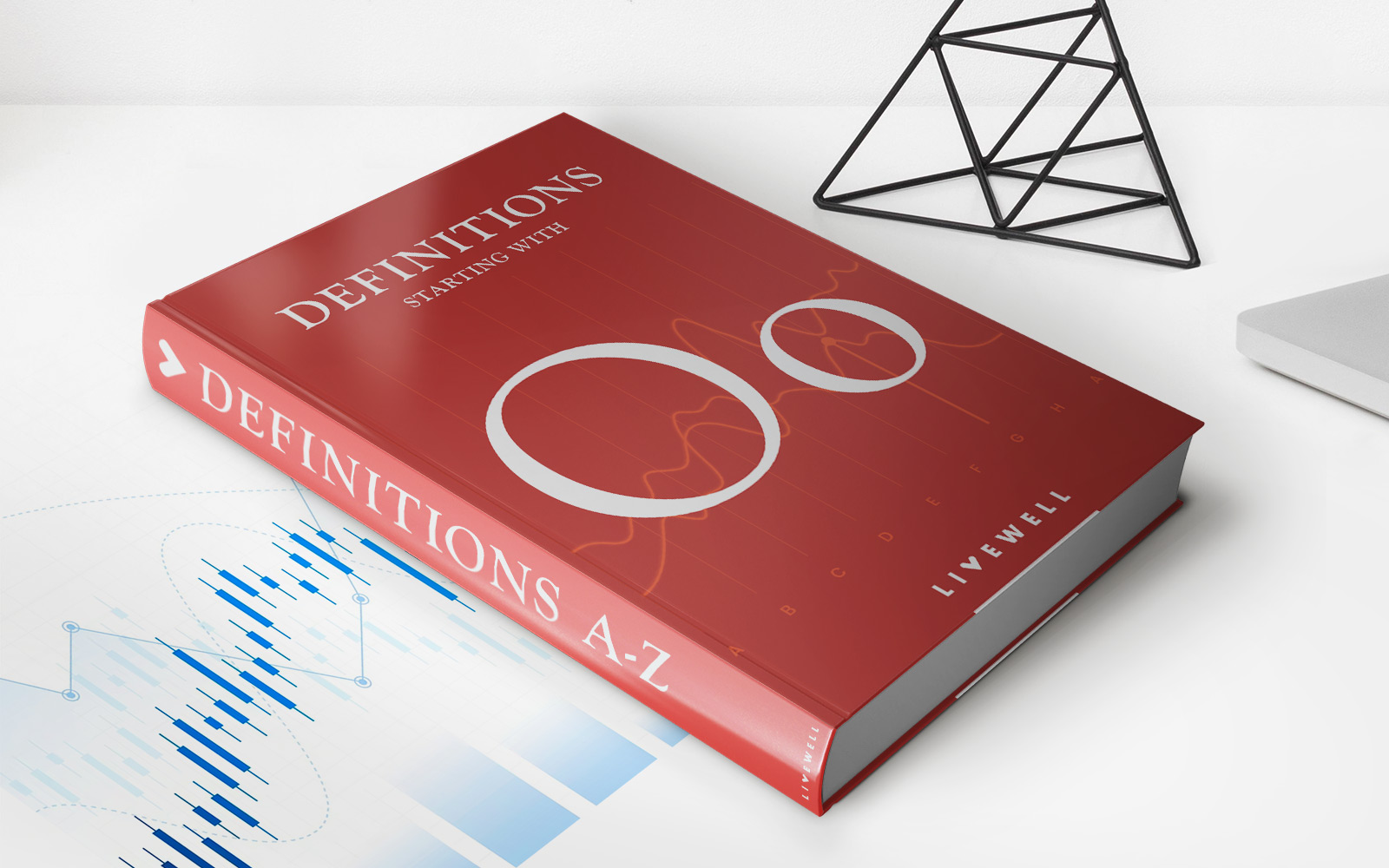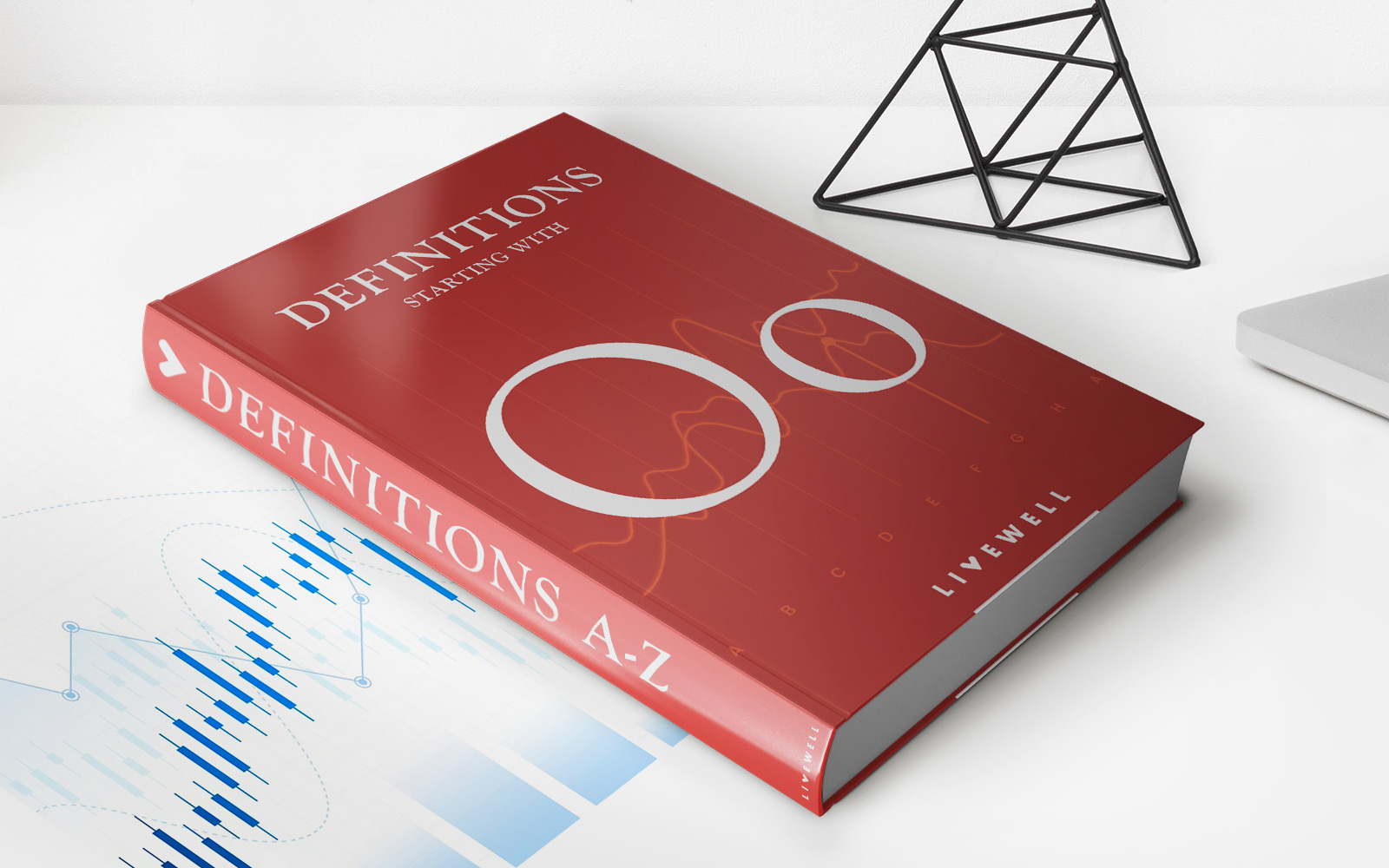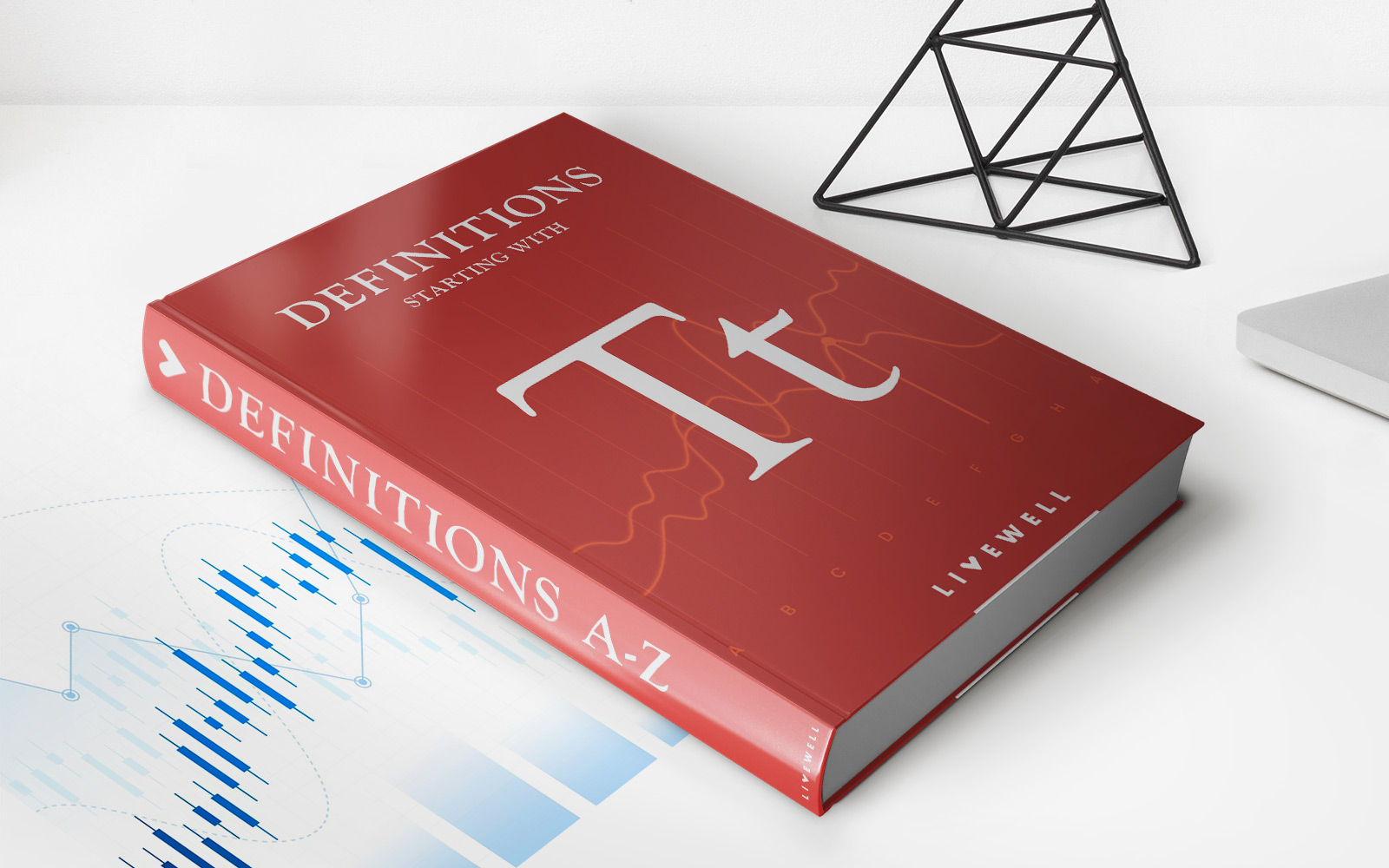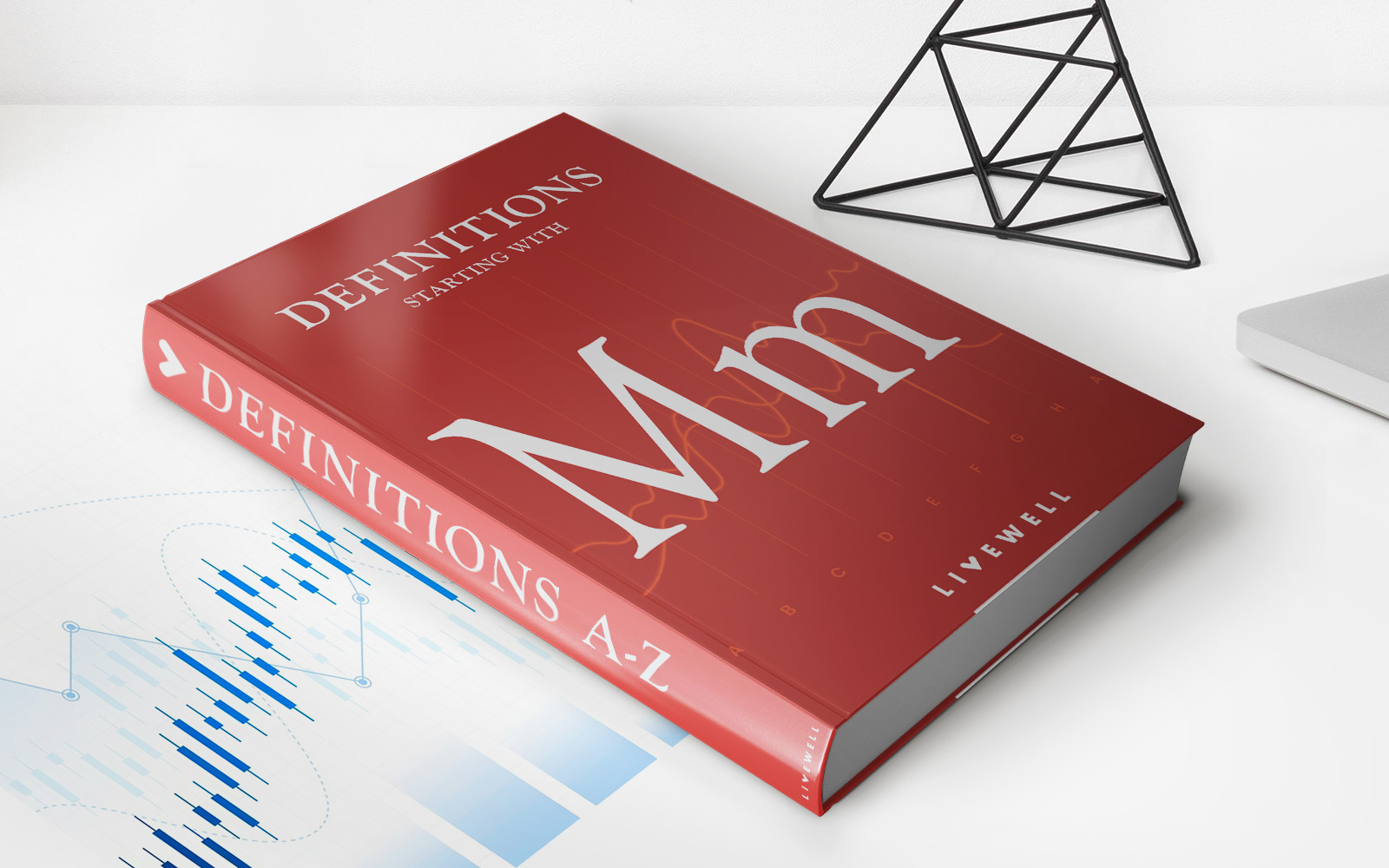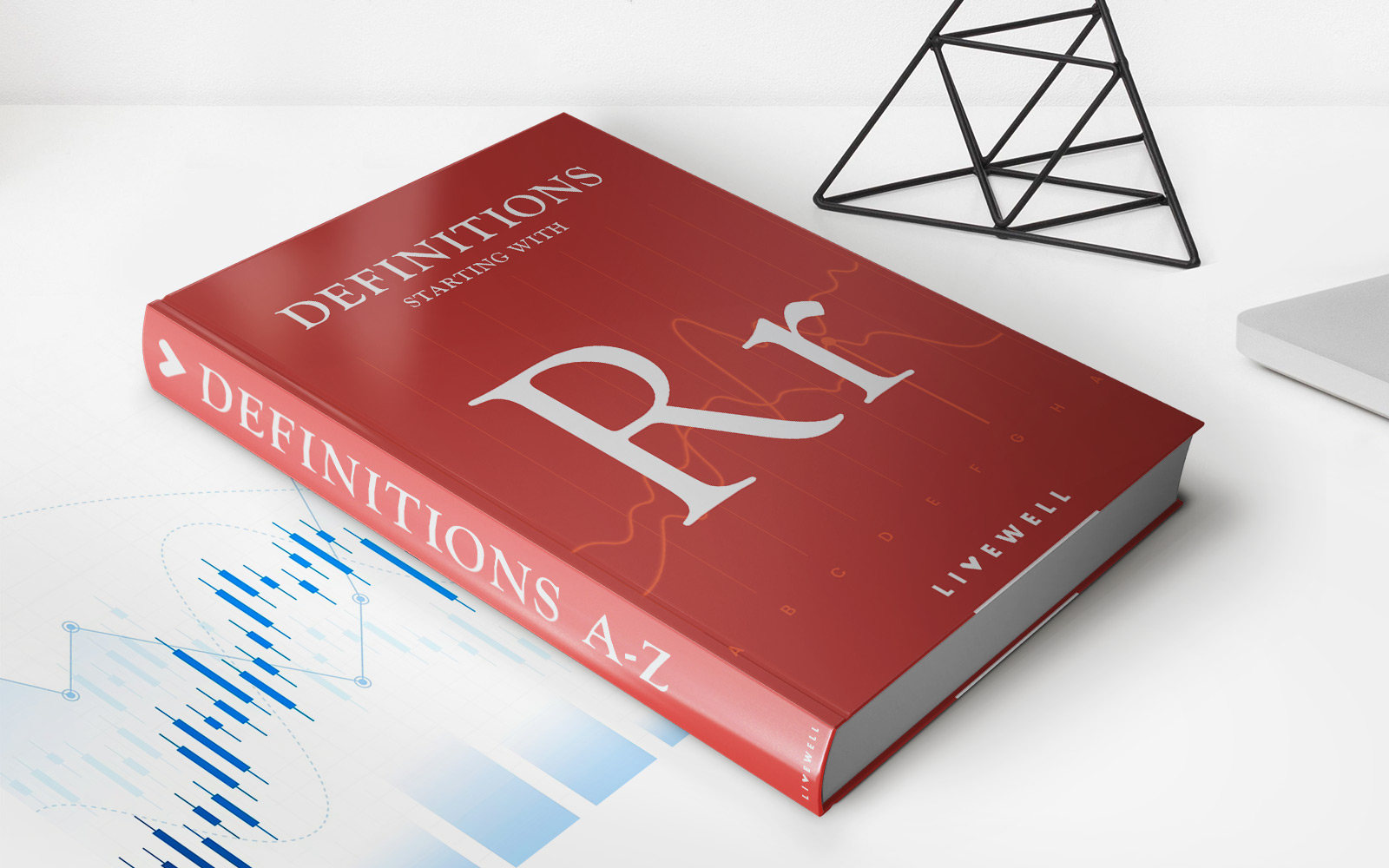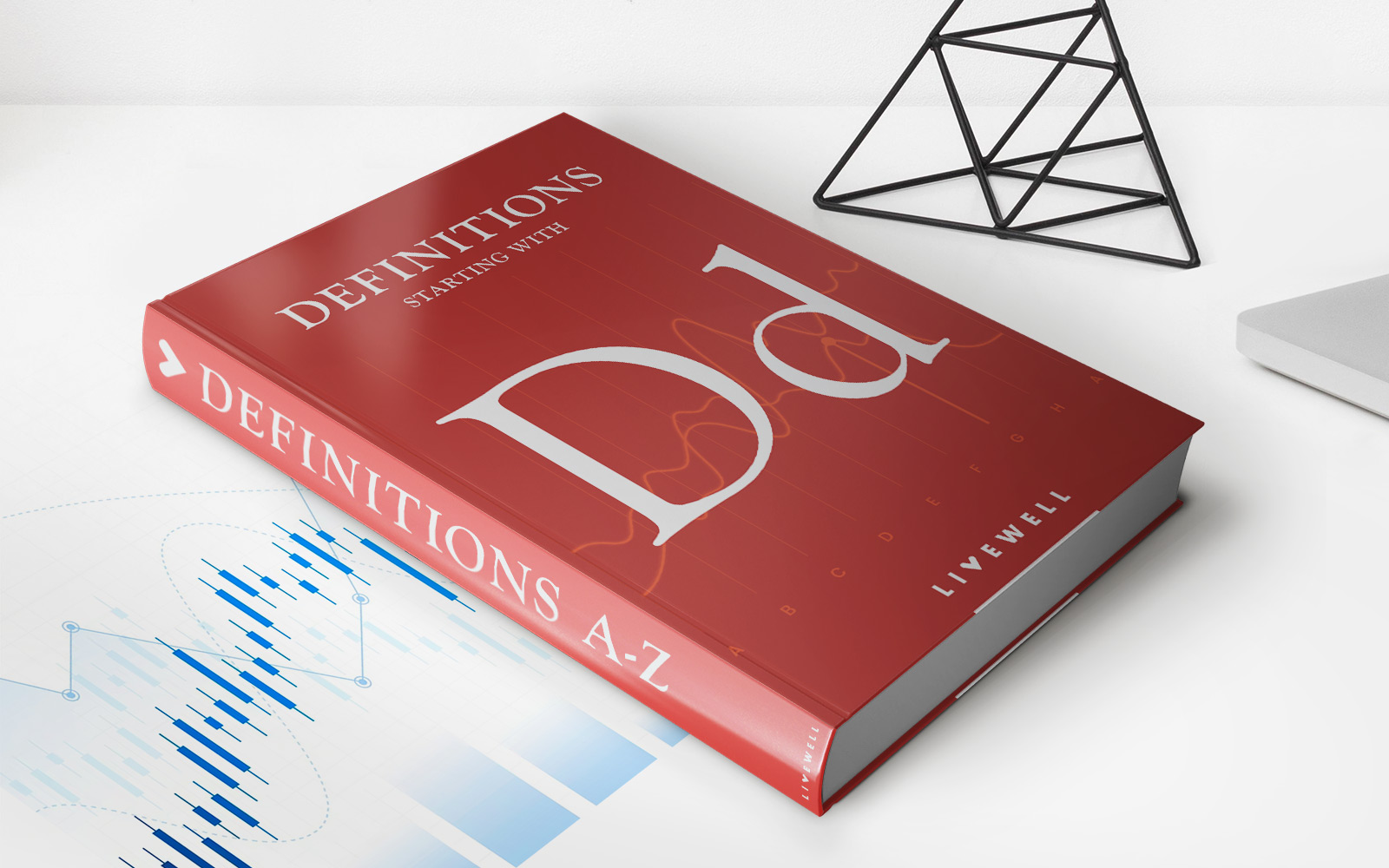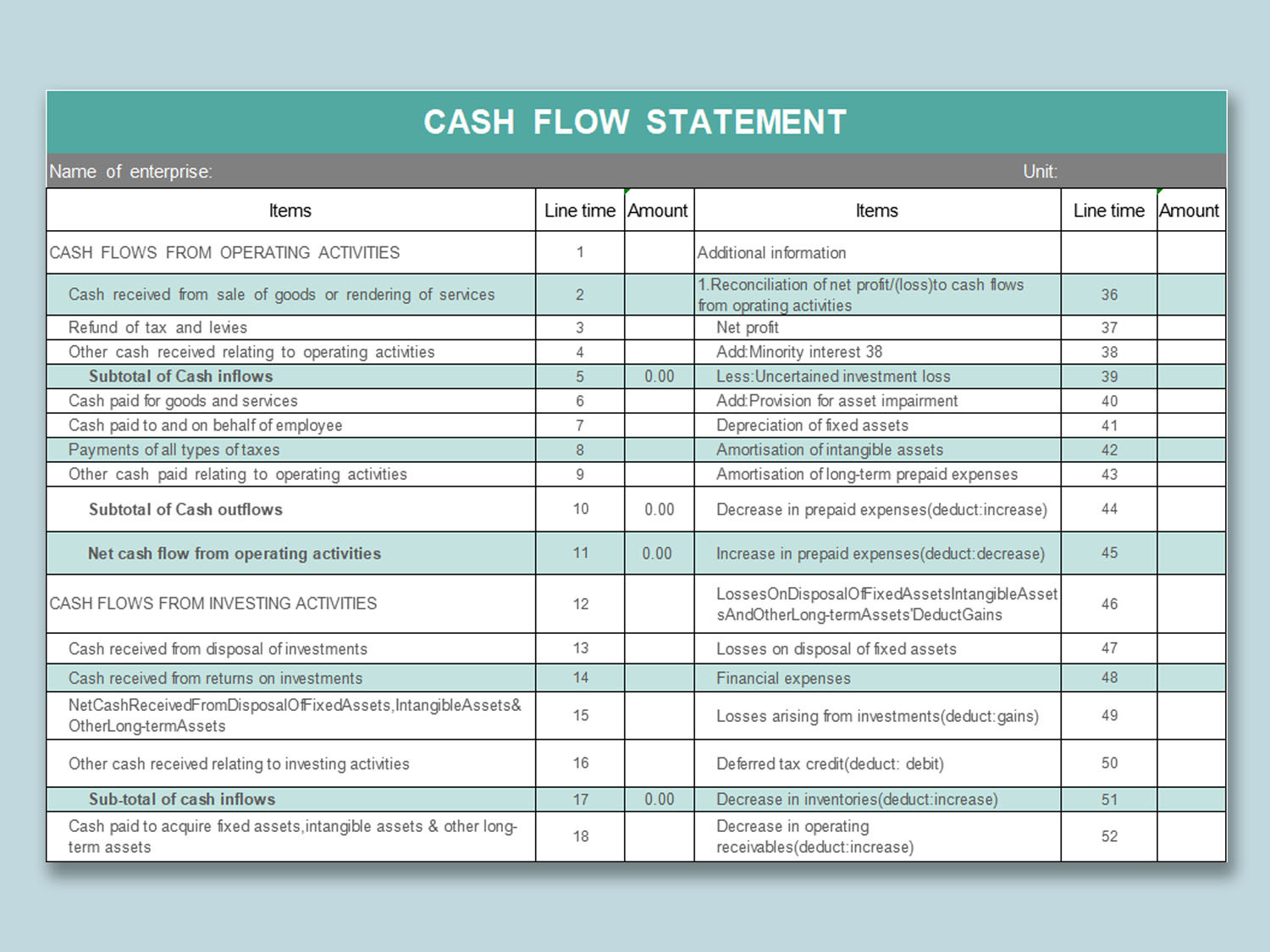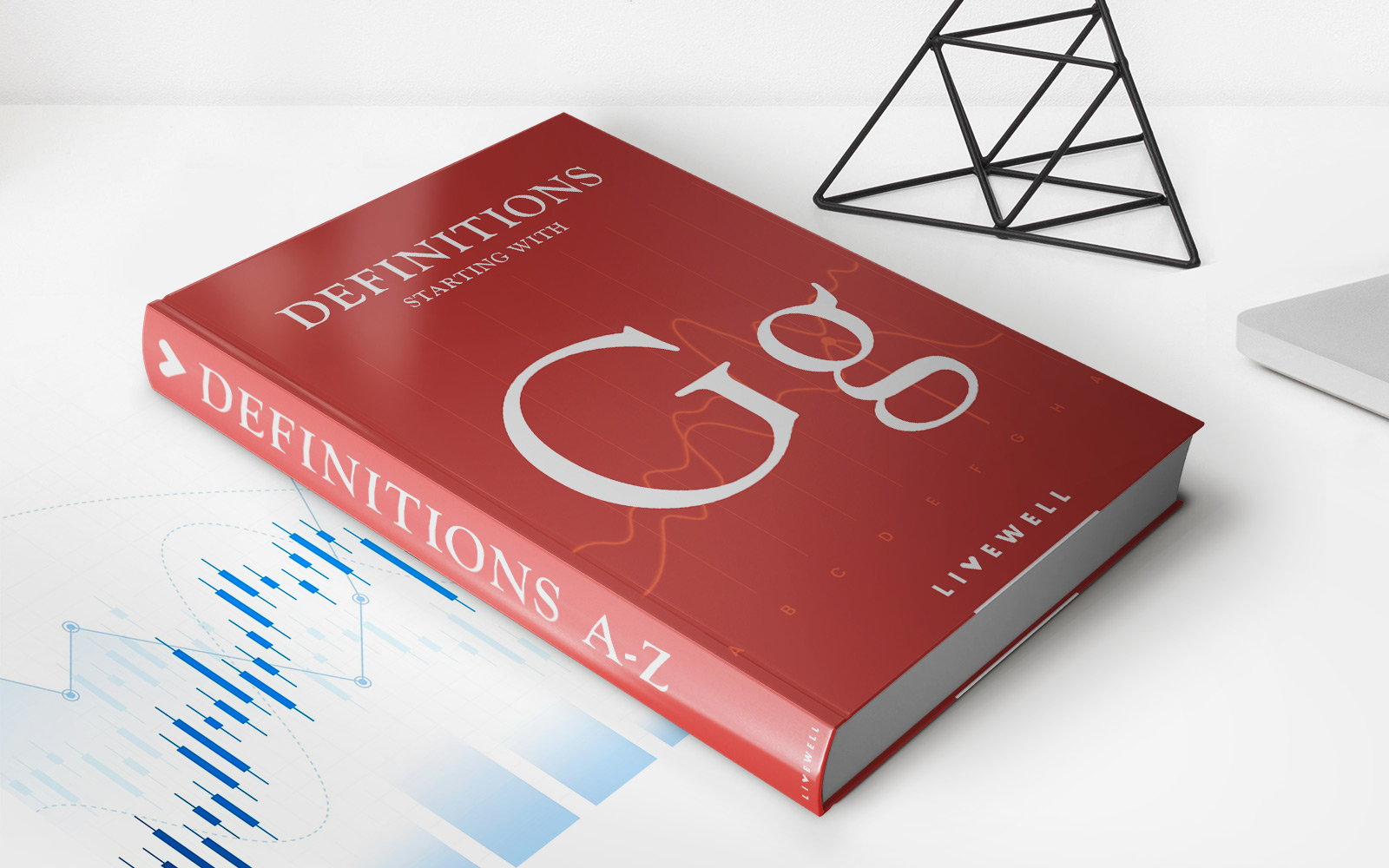Home>Finance>Imbalance Of Orders: Definition, Causes, Trading Strategies


Finance
Imbalance Of Orders: Definition, Causes, Trading Strategies
Published: December 7, 2023
Learn about the definition, causes, and trading strategies for the imbalance of orders in finance. Gain insights into this phenomenon and optimize your trading strategies.
(Many of the links in this article redirect to a specific reviewed product. Your purchase of these products through affiliate links helps to generate commission for LiveWell, at no extra cost. Learn more)
Imbalance of Orders: Definition, Causes, Trading Strategies
Welcome to the finance category of our blog! In this post, we will dive into the fascinating world of Imbalance of Orders (IOO) in trading. If you are interested in gaining insights into how IOO can impact financial markets and how you can leverage this knowledge to develop successful trading strategies, you’re in the right place! So, let’s get started.
Key Takeaways:
- Imbalance of Orders occurs when there is a significant difference between the number of buy and sell orders in a particular market or security.
- It can be caused by various factors such as market sentiment, news events, institutional trading, or algorithmic trading strategies.
What is Imbalance of Orders?
Imbalance of Orders refers to a situation in which there is an unequal distribution of buy and sell orders for a specific financial instrument or security. In other words, it occurs when there is a significant difference between the number of market participants wanting to buy or sell a particular asset.
Causes of Imbalance of Orders
Several factors can lead to the imbalance of orders in financial markets:
- Market Sentiment: The overall sentiment or mood of market participants can greatly influence the number of buy or sell orders. Positive sentiment may result in more buy orders, while negative sentiment may lead to more sell orders.
- News Events: Major news events such as economic releases, corporate earnings reports, or geopolitical developments can trigger a sudden influx of buy or sell orders, causing an imbalance.
- Institutional Trading: Large institutional investors can have a significant impact on order imbalances. Their substantial buy or sell orders can sway the market and create an imbalance.
- Algorithmic Trading Strategies: Automated trading algorithms that are designed to detect specific patterns or market conditions can generate a large volume of buy or sell orders, leading to an imbalance.
Trading Strategies Based on Imbalance of Orders
Recognizing an imbalance of orders can provide valuable insights for traders to anticipate potential price movements and develop appropriate trading strategies. Here are a few popular strategies:
- Momentum Trading: Traders may go with the flow, entering into a trade in the direction of the majority of the orders, accelerating the price movement.
- Contrarian Trading: Taking the opposite side of the majority, traders anticipate a reversal when the imbalance becomes too extreme.
- Order Flow Analysis: By analyzing the incoming order flow, traders can determine the strength of the imbalance and make informed trading decisions accordingly.
- Statistical Arbitrage: Traders may use quantitative models to identify aberrations from the norm, exploiting imbalances for profit.
In conclusion, understanding the concept of Imbalance of Orders is crucial for market participants who seek to navigate the volatile world of trading. By exploring the causes and employing appropriate trading strategies, traders can potentially capitalize on these imbalances and increase their chances of success. So, keep an eye on the order flow and embrace the opportunities that imbalance brings!
